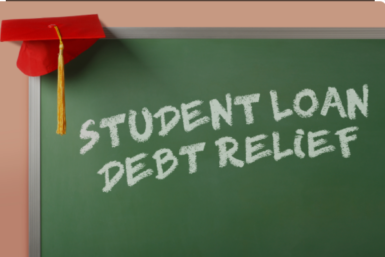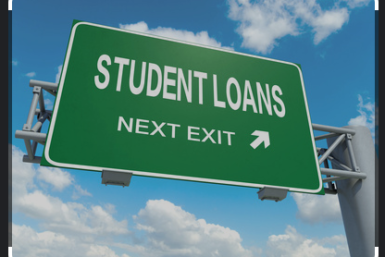
Creating Generational Wealth
The basics of wealth building, assets, liabilities, budgeting, and legacy planning.
Credit cards, mortgages, insurance, life insurance, homeowners insurance, renters insurance, car insurance, disability insurance, long term care

The basics of wealth building, assets, liabilities, budgeting, and legacy planning.

In September, Caroline Hernandez, a Florida homeowner, got a notice from her mortgage lender that her escrow account that held funds to pay her homeowners insurance and property taxes was short by $3,522 because her insurance premiums had increased. The shortage meant that Hernandez’s mortgage Read More …

Tax breaks and tax enforcement are not agnostic when it comes to race, according to a pair of recent studies. White taxpayers disproportionately benefit from five studied tax breaks versus Black Americans, in many cases when adjusting for income, according to a Treasury study from the Read More …

President Biden’s up to $20,000 in student loan forgiveness is on hold as the Supreme Court deliberates. As a result, the federal forbearance pause has been extended until June 30. If litigation has not been resolved by then, payments will begin 60 days after that. Read More …

Around 7.5 million borrowers were in default before the COVID-19 pandemic and more than 50% of all student loan defaults were borrowers who attended for-profit schools. Once the federal forbearance pause is lifted, on June 30, 2023, the average borrower will experience a 17% jump Read More …

Income-driven repayment (IDR) plans were considered a fix to a broken student loan system, offering borrowers monthly payments based income, unlike standard payment plans. An additional benefit of IDR plans was that after 20-25 years of repayments, the remaining balance would be discharged. However, over Read More …

Income-driven repayment (IDR) plans base monthly payments on the borrower’s income, unlike standard payment plans. An additional benefit of IDR plans is that after 20-25 years of repayments, the remaining balance is discharged. Payments borrowers made on loans while in Chapter 13 bankruptcy or through Read More …

Borrowers who have been in repayment for at least 10 years and work in public service jobs with federal, state, local, or certain non-profit organizations are eligible for loan forgiveness through the Public Service Loan Forgiveness (PSLF) program. PSLF was started in 2007 as an Read More …

Although used interchangeably, loan discharge, forgiveness, and cancellation have different relief for borrowers. Loan discharge happens after being in repayment or an event occurs, like the death of the borrower. There are several types of loan discharge, like income-driven repayment (IDR), disability discharge, closed school Read More …

More than 70% of for-profit students borrow federal loans and account for 50% of all student loan defaults. Students who attend for-profit colleges are three times more likely to default on student loans, and six times less likely to receive employment after enrollment, according to Read More …

Student loan debt is considered “good debt,” but it is also the cause for an over $1.7 trillion student loan debt crisis. Student loan debt consists of private loans and federal loans. Over 40 million borrowers have federal student loans totaling around $1.6 trillion in Read More …

Any discussion about student loans, should begin with a basic knowledge of: Federal vs. Private Student Loans Student loan debt consists of private loans and federal loans. Private student loan debt accounts for 7.61% of all student debt and totals $131.1 billion. Private student loan Read More …